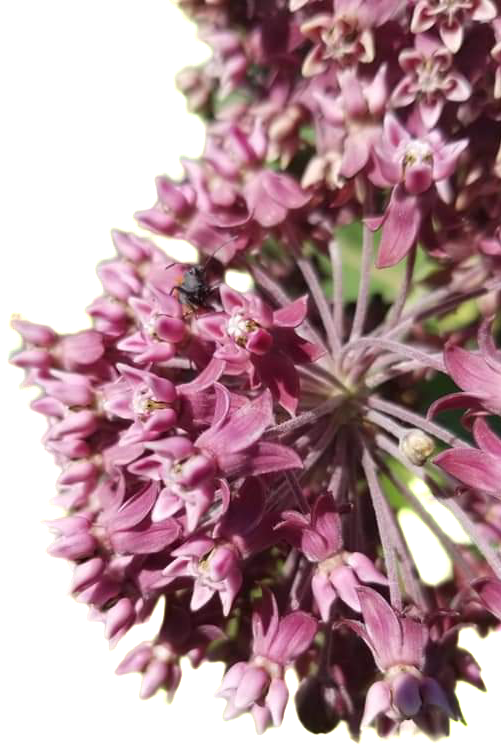I recognize the traditional, ancestral, and unceded territory of the Pawnee, Omaha, Otoe-Missouria, and Osage Peoples on which I am living and learning today. I honor all the ancestral stewards of this land and their descendants by being a responsible steward of the land. I honor all the non-human People who also inhabit this land by showing respect, reverence, and reciprocity. This acknowledgement in no way absolves me of the responsibility to take actions towards decolonization.
Hello, I am Denise Wally. I live in Lincoln, Nebraska. I am a student in the UAF Ethnobotany program. My botanical journey started over 50 years ago when my mother started teaching me about plants for food, for art (dyeing and other uses), a few for medicine, and for beauty. I was always a very curious, by nature, and that hasn’t changed. In college I started out in aerospace/mechanical engineering, which was interesting but didn’t excite me, so I changed to forestry and found my calling. I retired in January of 2022 from a wonderful career in natural resources/forest ecology and immediately began my journey into ethnobotany, that I have wanted to pursue for many decades.
I love to forage (especially for edible mushrooms), garden, wildcraft, and just be in natural places. I have too many favorite plants to name them all, but a few of my top ones are trees (except for invasive non-natives, which are fine in their native place), common milkweed, ferns, iris, sweetgrass, woodland understory plants (trillium, jack-in-the-pulpit, mayflower, bloodroot, etc), and a new favorite, fireweed (which I experienced for the first time last summer during EBOT 100 in Bethel). The plant I have the most respect for is devil’s club! That is a plant that commands respect.
I have already seen a post by a classmate from EBOT 100, and I hope to see others from the EBOT and EMYCO classes I have taken. I am also eager to meet those who I have not yet crossed paths with. Connecting with plant (and fungi) people is such a blessing and a joy!
Added June 26, 2023
Photo of me from underneath a cracked cap polypore (Phellinus robiniea, though it may already have a new official Genus). Photo of a very dark pink common milkweed, Asclepias syriaca , taken last summer at Prairie Pines Nature Preserve outside Lincoln, NE.




Excited to be your classmate again, Denise!
Welcome Denise,
glad you are able to join us and bring your wealth of knowledge and experience to this class. If you have a chance to come to Fairbanks, you should check out the recent plant exhibit that I curated at the UA Museum – Crossroads of Beringia. We made a life-size (6 feet tall) herbarium specimen of Devil’s Club. It was a lot of fun getting this specimen ready for exhibit. It sure is one plant one has to be cautious about. The late Helen Watkins has done a wonderful video on its uses https://www.uaf.edu/museum/collections/herb/ethnobotany/
Here is the specimen we prepared
Wow, that is incredible. You are a brave woman! 🙂